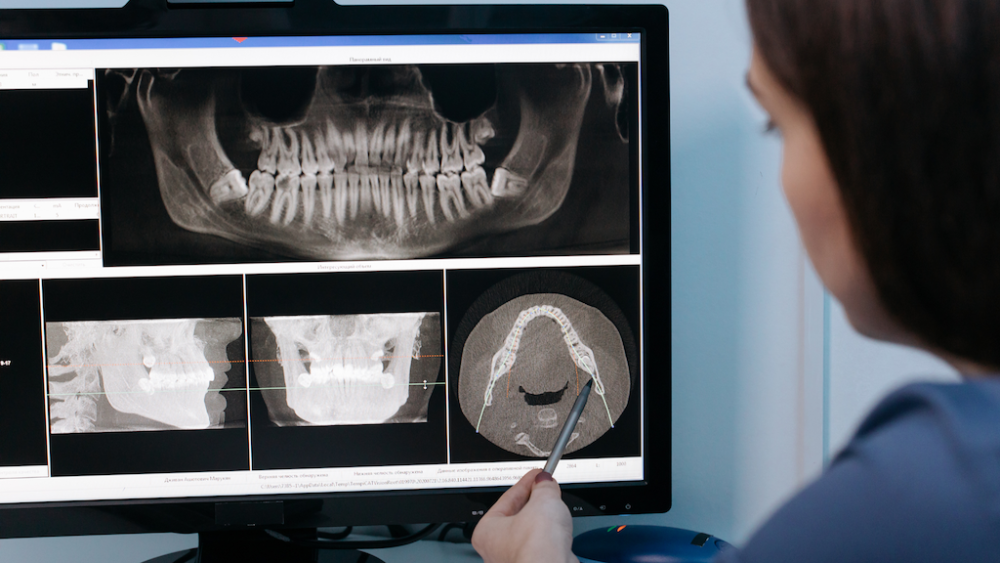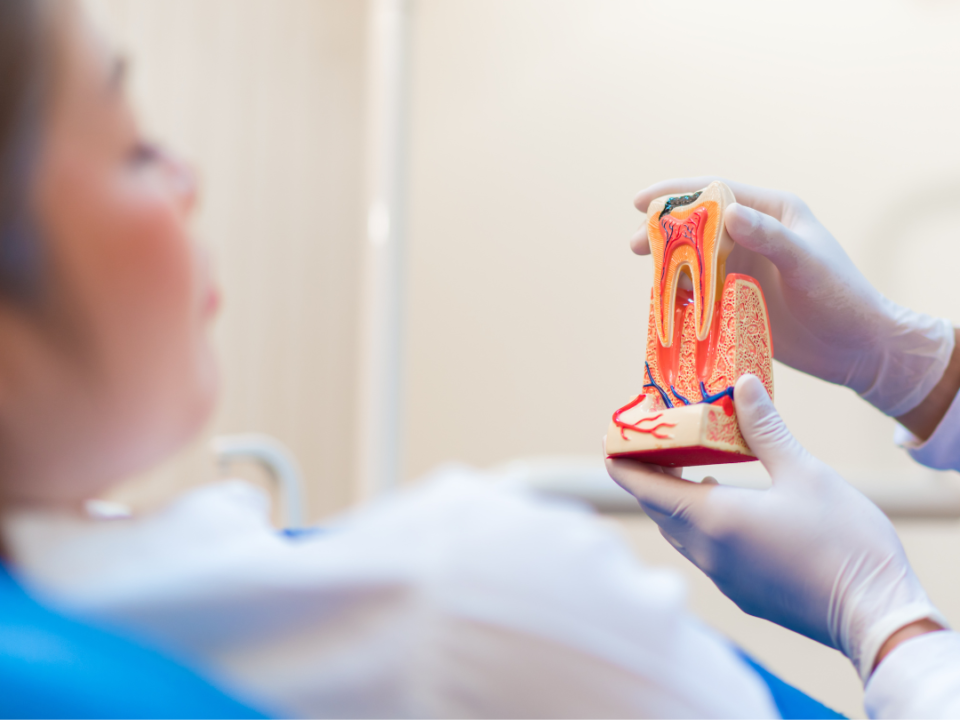
Meet Dr. Weightman A Top Endodontic Specialist In Charleston
July 27, 2022
What Are Alternatives To A Root Canal?
December 30, 2022
Meet Dr. Weightman A Top Endodontic Specialist In Charleston
July 27, 2022
What Are Alternatives To A Root Canal?
December 30, 2022When you schedule an appointment with an endodontist, imaging of the tooth/teeth is indicated for evaluation prior to treatment. This step is essential for properly diagnosing and treatment planning. It can also cut down chair time! At Innovative Endodontics, educating our patients is important to us.
If you are concerned about “why you need endodontic imaging prior to treatment,” you should know some of the reasons we use imaging and the latest technologies we have.
What Is Endodontic Imaging?
Endodontics treats issues in the very small areas of the tooth. Because the area treated is so small, surgical and non-surgical procedures within this field typically require surgical microscopes to see the site.
Due to the types of conditions endodontists treat, looking at the tooth’s exterior will not let them see the problems inside. They must have a way of finding areas of damage or decay inside a tooth, which requires using radiographic imaging.
Imaging in endodontics includes a variety of technologies. 2-dimensional and 3-dimensional imaging modalities are both used to evaluate and help treat teeth. With imaging, the doctor can diagnose a patient, plan the best treatment, and decide how to approach the problem.
When Do Endodontists Use Imaging?
Endodontists image the teeth when making a diagnosis or before doing a procedure. Each stage has a specific reason for the imaging. You may need multiple images depending on the timing of your visits and purpose.
Diagnosis
Clinical exams are helpful in the diagnostic phase of endodontics, but imaging is also an important part of the diagnostic process. Imaging the interior of the teeth can immensely help identify a course of action for treatment.
Planning a Treatment Method
If you have a separate appointment prior to the procedure, you may have another set of images taken to help understand the areas of the tooth to target. Similarly, if you had x-rays at your dentist, who told you that you need root canal therapy, you may need another set of x-rays taken at the endodontist’s office, especially if time passed, to see if the issue worsened.
Having a planned treatment is important for procedures such as endodontic surgery or root canal treatments. Pre-treatment imaging to aid the doctor in planning can reduce the time needed for the procedure, reduce potential side effects, and make the process more comfortable.
Types of Imaging Used at Innovative Endodontics
At Innovative Endodontics, we use the latest in endodontic imaging to get the best view of your teeth. X-rays and CT scanning are tools we use daily to help better diagnose and treat our patients.
Dental X-Rays
One of the most used types of imaging across dental practices is x-rays. The two-dimensional images show locations of decay or infection in specific teeth. Dentists use these images to look for decay or other problems. Similarly, endodontists use 2-dimensional imaging to help diagnose endodontic issues. In cases of referred dental pain, this process helps the doctor know which tooth to treat.
Cone Beam CT Scanning
While x-rays do have their place in endodontic care, we also use three-dimensional imaging with the J. Morita cone beam CT scanner. This imaging device creates a clear, 3D view of the tooth. By seeing all sides of the tooth in the images, the endodontist can easily plan the best place to start the treatment procedure to minimize time and ensure greater success.
Additionally, this type of scan lets the doctor see internal complex root canal anatomy and supporting bone in the area. If you have too much damage, you may need a dental extraction.
Are There Any Risks of Endodontic Imaging?
Both cone beam CT scanning and x-rays use radiation to take images of your teeth. The systems use computers to control the images taken and store the data for future reference. The endodontist usually uses x-rays and cone beam CT scanning to get the information needed. This allows for proper diagnosis and treatment planning.
Some people feel concerned about the levels of radiation they are exposed to during imaging. However, innovations in the field have significantly reduced the levels of radiation you have during endodontic imaging. Plus, with digital imaging, the doctor can pinpoint the location of the imaging, reducing overall radiation exposure.
For instance, with cone-beam CT scanning, the amount of radiation patients have exposure to is up to 80% less than standard CT scans. If you have any concerns about radiation, talk to the endodontist before the procedure.
Visit us at Innovative Endodontics for Endodontic Treatment
If you need endodontic treatment, such as root canal treatment, retreatment, or endodontic surgery, contact us at Innovative Endodontics. We use the latest technology we have at our disposal to ensure you get quality, caring treatment.




